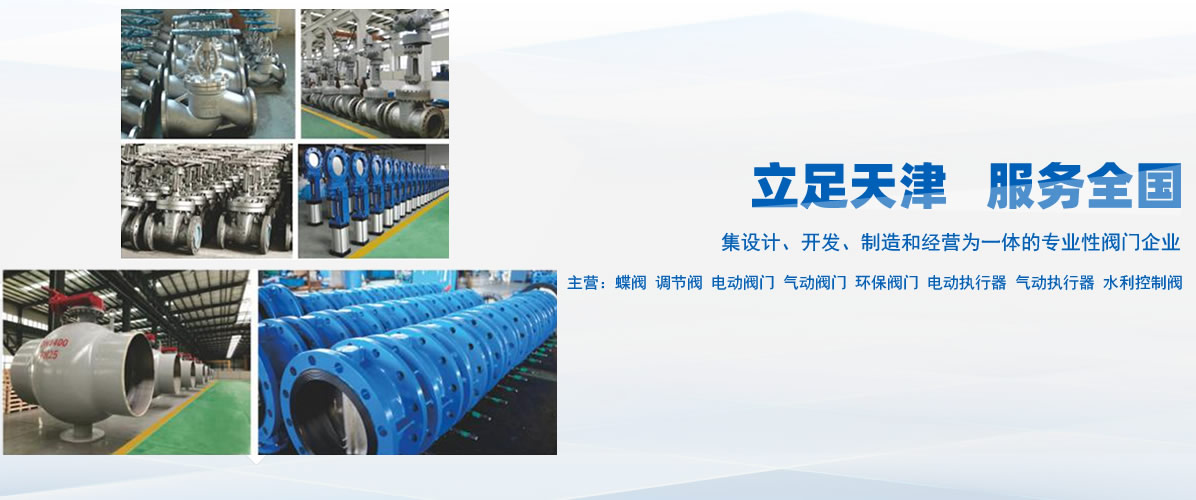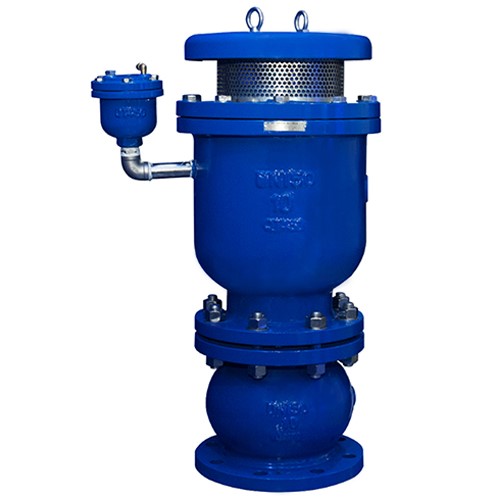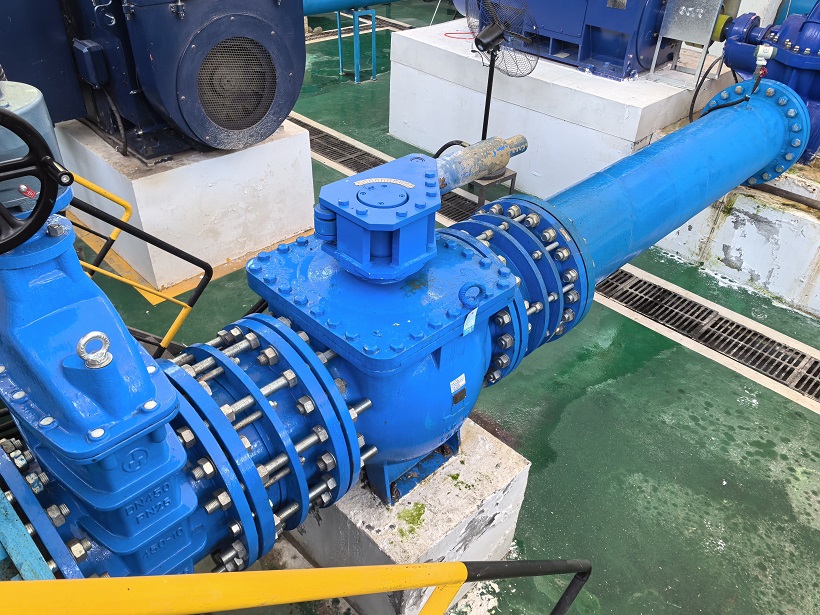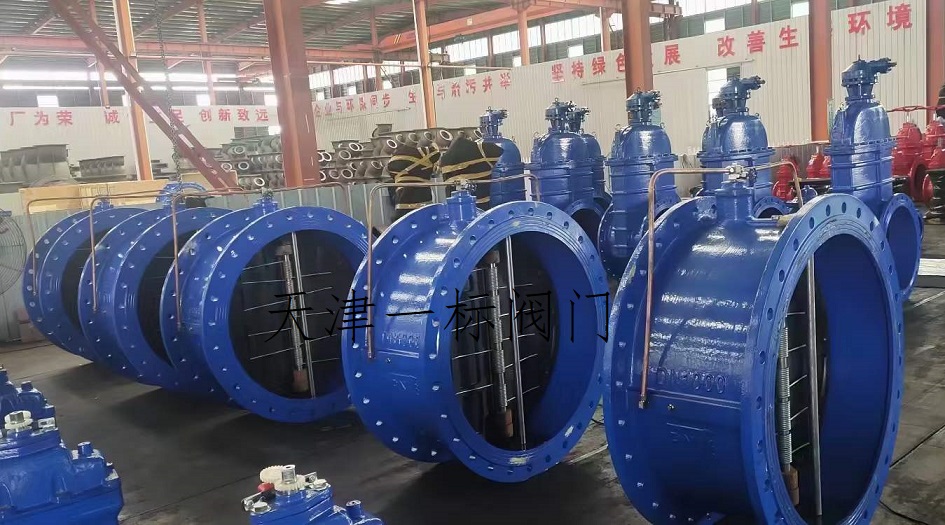Dynamic balance valve
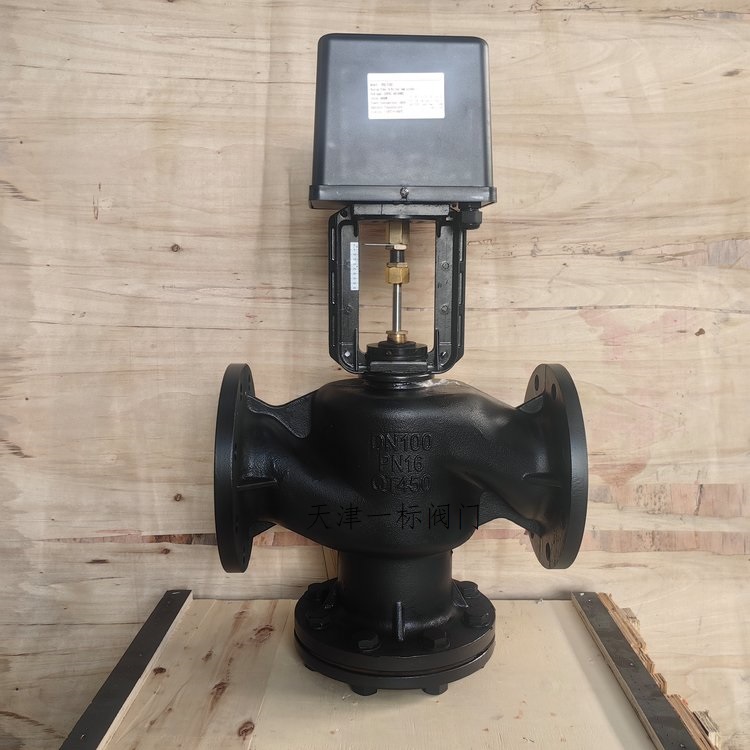
Dynamic balance valve is a type of valve that maintains a constant flow rate or pressure difference by automatically adjusting the resistance coefficient. It is widely used in HVAC, heating, and industrial fluid control systems. The following is its core information:
1. Definition and classification
Dynamic flow balance valve: automatically adjusts the opening according to changes in system pressure difference to maintain a constant set flow rate (such as air conditioning terminal equipment flow control).
Dynamic differential pressure balancing valve: maintains stable differential pressure in the controlled system (such as differential pressure control between the host and the end) by sensing changes in differential pressure through diaphragms or pistons.
Pressure independent balance valve: Combining dynamic and static characteristics to maintain stable flow over a wide range of pressure differentials.
2. Working principle
Dynamic adjustment mechanism: When the pressure difference in front of the valve increases, the valve automatically closes to reduce the flow rate; When the pressure difference decreases, turn it up to ensure a constant flow rate or pressure difference.
Response speed: The dynamic differential pressure balancing valve can respond to system pressure fluctuations in real time with high adjustment accuracy (such as when the load of the air conditioning water system changes).
Limitations: When the pressure difference exceeds the working range, the valve may be fully open or fully closed, and the set value cannot be maintained.
3. Application scenarios
HVAC system: solving hydraulic imbalance problems, such as flow control of fan coil units and stable pressure difference between the main unit and the end.
Central heating system: Balance the flow of user branch pipelines, avoid uneven heating and cooling, and achieve an energy-saving rate of 15% -20%.
Industrial field: Suitable for scenarios such as petroleum and chemical industries that require precise control of pressure differentials.
4. Difference from Static Balance Valve
Adjustment method: Dynamic valve automatically adjusts, while static valve requires manual preset opening.
Applicable working conditions: Dynamic valves are suitable for systems with frequent load changes, while static valves are suitable for stable working conditions.
Performance advantages: Dynamic valves have high adjustment accuracy and low noise, while static valves have low cost but require regular debugging.
5. Technical parameters
Flow range: 2-730m3/h (dynamic flow balance valve).
Pressure rating: nominal pressure 0.6-4.0MPa, some models can withstand temperatures up to 150 ℃.
Material: The valve body is mostly made of ductile iron or stainless steel, and the sealing element is made of polytetrafluoroethylene.
选型建议





